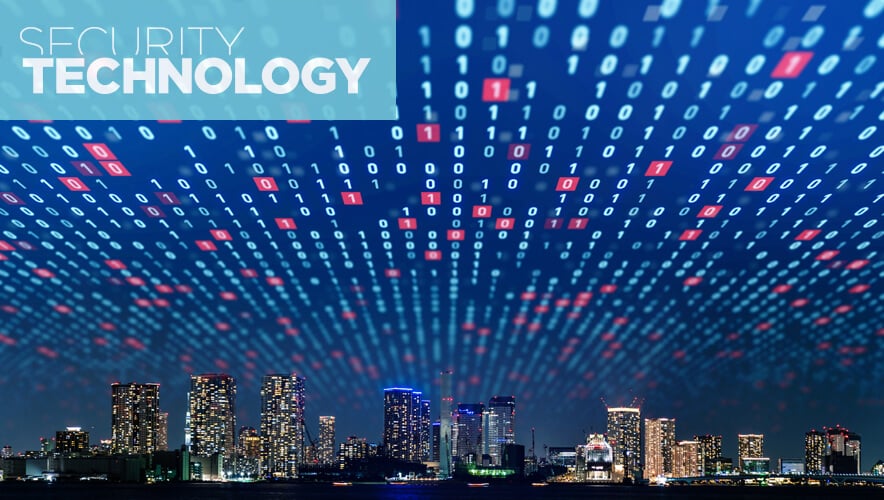Security and Smart Buildings
As the Internet of Things evolves, smart buildings benefit from connected technologies. The next step is to explore the development of smart communities. Going beyond just a single building application, smart communities can be anything from stadiums and entertainment complexes to college campuses and healthcare facilities. These communities involve multiple smart spaces like residential living, retail storefronts, offices, and even restaurants.
When approaching intelligent building systems, automation and lighting are the first applications that come to mind. However, existing and updated security systems can serve as a versatile foundation for building a more comfortable and efficient environment.
Security’s Role
Security’s smart technologies can not only help better protect and maintain physical building systems, they can also improve occupant experiences. Often at the core of a building’s essential systems, security technologies like access control and video surveillance provide visibility into building operations that help enable more intelligent analysis and decision making. For example, connecting access control with fundamental building systems, such as heating and cooling, can identify opportunities for increased efficiency. Through an integrated approach, heating and cooling sensors can use the data aggregated by access control systems to better automate temperature controls based on the number of people in a room or area. Lighting can also be integrated and more efficiently managed with access control by turning lights on and off as people enter and leave rooms and, in more sophisticated applications, by dimming or changing lighting colors based on individual preferences and settings. Similar advancements can be made to multiple buildings to make an entire community more intelligent and efficient.
Stadiums’ Emerging Smarts
Patrons filled with excitement pile into stadiums by the thousands to enjoy a range of events. This constant flow of people challenges security staff to provide robust safety measures without hindering the fan experience. By integrating systems, stadiums can better protect visitors with minimal disruption, while leveraging security technology to improve the fan experience.
For instance, when an event is over, fans traditionally leave the stadium or venue all at once, bottlenecking traffic and overloading public transportation. Integrated video surveillance positioned near exits and busy parking lots can provide key data to a central command center that then pushes information out to attendees, such as live updates to navigate the most efficient stadium exit and route home. In addition, some stadiums and venues are partnering with neighboring retail stores and restaurants to amplify the fan experience with push notifications offering coupon codes or food and beverage deals. This further eases the flow of traffic by diverting event attendees across the venue community.
To better protect patrons on site, security should identify the holistic technology needs and desired outcomes for stadiums as early as possible. With deliberate, expert attention applied early during the planning phase, pitfalls can be avoided, and the security needs of the stadium can be met. For example, access control and video management systems can be integrated and interact with multiple sources of critical information geospatially such as social media feeds, automatic identification systems, and license plate recognition.
Additionally, many stadiums are working with their local municipalities to ensure that video surveillance systems are compatible with local law enforcement equipment for easier sharing of information. These integrations illustrate why facilities are connecting building systems to existing security systems, rather than starting from scratch.
Smart Communities of the Future
Given their undeniable value and ubiquitous implementations, security systems increasingly serve as the framework for future integrated systems. Rather than simply improving efficiencies for buildings and their occupants, connected systems now influence larger quality of life for all.
Lisa Roy is vice president, integration and commercial operations, for Johnson Controls.
